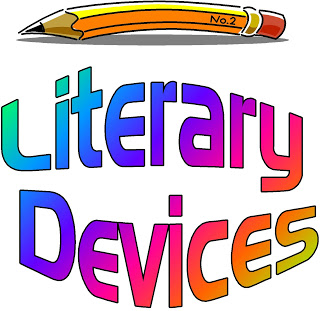How to Identify Literary Devices

Literary devices are common structures that are used in writing with them being either literary elements or literary techniques. In almost every story, you can come across literary elements like the protagonist, setting, plot or them. Literary techniques on the other hand, give an artistic touch to the language by using hyperboles and metaphors.
Depending on how you interpret, certain terms can be defined as either an element or a technique. It is a big help if you know these terms in order to analyse various works of poetry and literature.
Instructions
-
1
Protagonist
A protagonist is the main character in a story and should be identified by the reader. This character does not necessarily have to be good but is the one around whom the whole story revolves. A good example of a protagonist is Willy Wonka in Charlie and the Chocolate Factory written by Roald Dahl. -
2
Antagonist
An antagonist could be called the counterpart of the protagonist and is the main source of conflict in the story. However, an antagonist doesn’t necessarily have to be a person. -
3
Plot
Plot is the sequence of events that lead to the actions of protagonists and antagonists. -
4
Setting
It is the time and place in which the story is set. Usually setting varies depending on the time a specific work was written. For instance, most of the classical works of literature were written during the 16th 17th and 18th century and the settings were according to those epochs. -
5
Conflict
In literary terms, conflict is a struggle between two opposite forces of varying intensity. It is the conflict that drives the story and makes the reader involved. Usually, outcomes of most stories come up with resolution of conflicts. As discussed earlier, a conflict doesn’t have to be a person. It could be nature, hardships, suffering, disease, war. -
6
Climax
This is the time when the story is at its peak. Before climax, you will come across the turning point which is usually when something goes awry. Then comes the climax which calls for a resolution. However, a resolution does not mean that a problem has been solved. It could also mean that the high point or the intensity of the conflict has ended. -
7
Mood
Mood is the atmosphere, emotional condition or the state of mind that has been created for a particular setting. A mood is designed to inspire a specific sense of feeling within the reader and it does not mean that it should come from the state of mind of a particular character.






